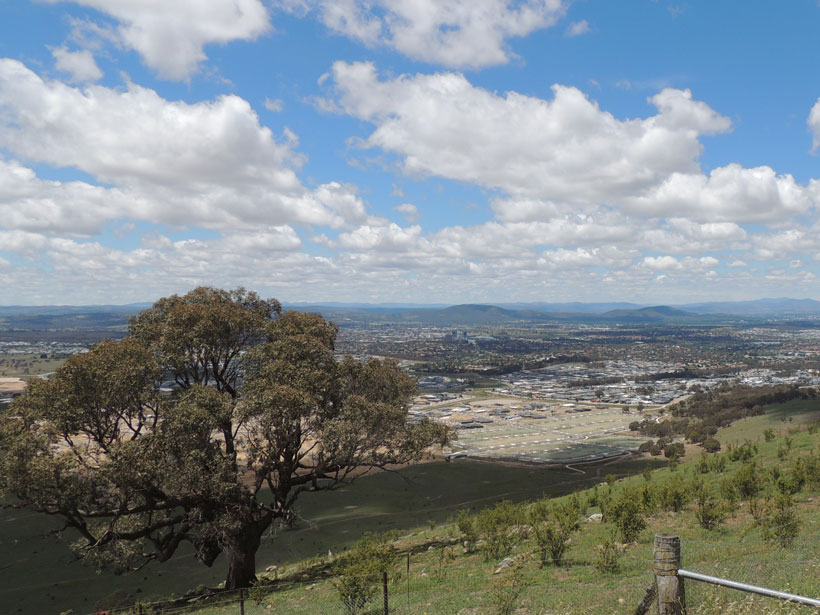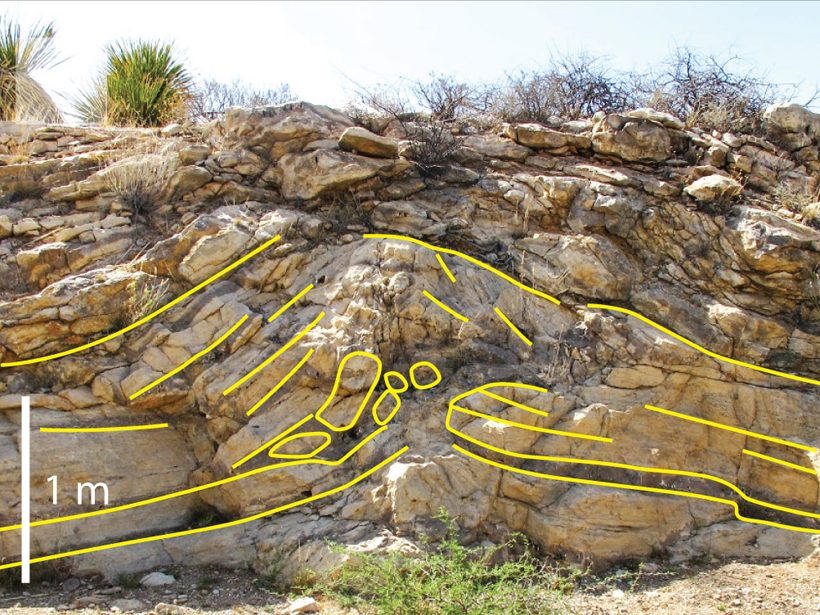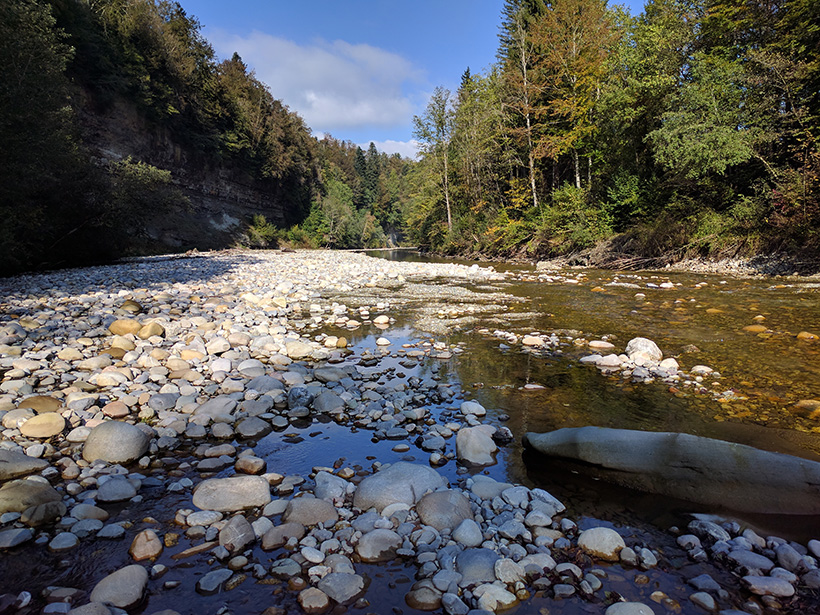Investigadores observan cómo el vapor de agua y el líquido alteran las rocas sedimentarias a través de procesos físicos y químicos.
geochemistry
Predictive Forensics Helps Determine Where Soil Samples Came From
Researchers deploy geochemical analyses to narrow down the search area for a soil sample’s site of origin—an approach that could prove useful to law enforcement.
Sedimentary Tepees Record Ocean Chemistry
Sedimentary structures from evaporative coastal environments indicate carbonate saturation, offer insight in mid-Mesozoic ocean chemistry and potentially even earlier times.
Hydrothermal Vents May Add Ancient Carbon to Ocean Waters
Data from a long-distance research cruise provide new insights into carbon cycling in the eastern Pacific and Southern Oceans.
Carbonate Standards Ensure Better Paleothermometers
A community effort finds that carbonate standards eliminate the interlaboratory differences plaguing carbonate clumped-isotope thermometry studies.
A Deep Dive into Organic Carbon Distribution in Hadal Trenches
Researchers use sediment cores to study the amount and origin of sediment organic carbon in one of the least studied regions of the planet: hadal trenches.
How Not to Homogenize a Planet
Even the strong heating from short-lived aluminium-26 (26Al) would not be able to homogenize the interior of a Mars‐sized planetary embryo.
Tracing Water from River to Aquifer
A new technique using dissolved noble gas tracers sheds light on how water moves through an aquifer, with implications for water resources and their vulnerability to climate change.
Oak Trees Offer a Continuous Climate Record for Central Europe
A method using nonpooled, continuous stable carbon and oxygen isotopes recorded in oak trees benefits climate reconstructions.
The First Angstrom-Scale View of Weathering
Researchers observe how water vapor and liquid alter sedimentary rocks through physical and chemical processes.










